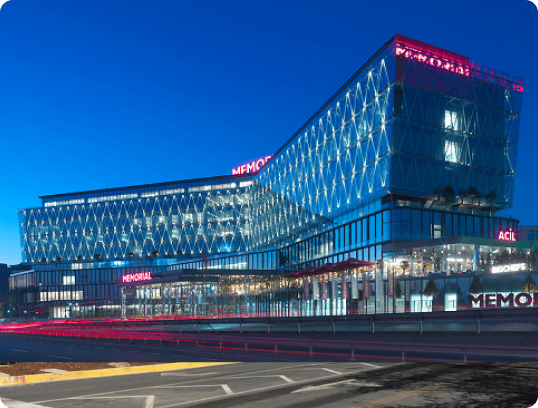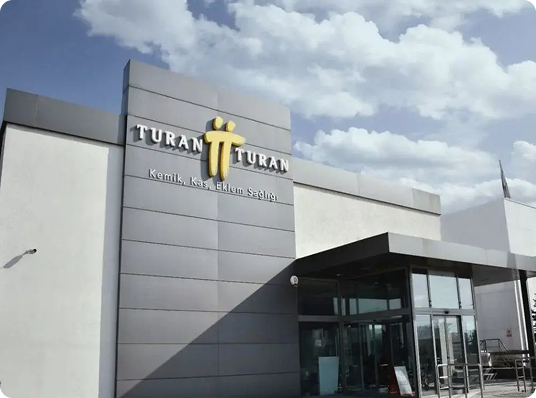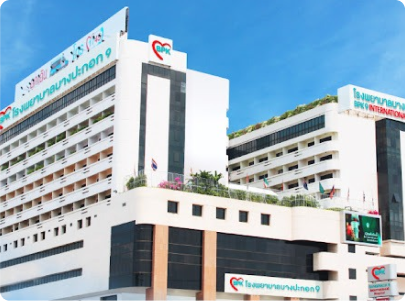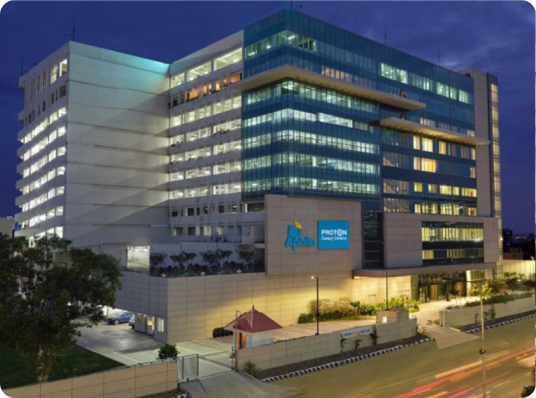LASIK Monovision
As a specialized medical solution, LASIK Monovision combines technological innovation, clinical expertise, and patient-centered strategies to optimize recovery, minimize complications, and ensure better overall healthcare experiences.
Get Expert Consultation
Speak with our medical travel experts to get personalized guidance for your procedure
✓ No commitment required • ✓ Expert guidance • ✓ Free consultation

Book Your Free Medical Consultation
Get expert advice—free and easy. Just fill out the form to start your health journey!
Botox Treatment Overview
Procedure Time
Typically takes around 30 minutes to an hour from start to finish
Recovery Period
Most people can resume normal activities within a few days
Expected Results
Improved vision clarity and reduced dependence on glasses or contacts
Ideal Candidates
Those seeking correction of nearsightedness, farsightedness, or astigmatism in one eye only
What is LASIK Monovision?
As a specialized medical solution, LASIK Monovision combines technological innovation, clinical expertise, and patient-centered strategies to optimize recovery, minimize complications, and ensure better overall healthcare experiences.

People seek these procedures for various reasons:
Aesthetic Enhancement
Correct nearsightedness or farsightedness without wearing glasses or contacts
Corrective Purposes
Enhance peripheral vision and preserve natural depth perception
Functional Restoration
Experience improved visual clarity for daily activities like reading, driving, or working
Things to Check Before Treatment
- •Make sure you have a stable medical condition and are not experiencing any acute illnesses or infections.
- •Get your eyes examined to ensure you're a good candidate for LASIK surgery, including checking for dry eye, corneal thickness, and pupil size.
- •Confirm that the surgeon performing the procedure has experience with monovision LASIK and can answer all your questions.
- •Check if your insurance covers LASIK surgery or if there are any out-of-pocket costs you need to consider.
- •Review the potential downtime required after the procedure and plan accordingly.
Potential Risks
- •Infection: As with any surgical procedure, there's a small risk of infection during or after the procedure.
- •Flap complications: The creation of the thin layer of corneal tissue (flap) can lead to complications such as displacement, folds, or wrinkles.
- •Undercorrection or overcorrection: The laser correction may not be exact, resulting in vision that's slightly blurry or distorted.
- •Dry eye: LASIK surgery can sometimes cause permanent dry eye, although this is rare and usually manageable with treatment.
- •Vision changes: Some people may experience glare, halos, or increased sensitivity to light after the procedure.
How to Choose the Right Country, Clinic, and Surgeon
Do's
Verify surgeon credentials (e.g. ISAPS, JPRAS)
Ask for before-after photos
Check language barriers
Review aftercare and follow-up options
Consider local laws on medical malpractice
Don'ts
Don't Choose a Clinic Based Only on Price
Don't Rely Solely on Social Media or Influencers
Don't Ignore Language Barriers
Don't Rush Into Surgery Without Research
Don't Assume You Can Fly Back Immediately
CureMeAbroad Services Are Absolutely Free.
You pay same rates for treatments as in the hospital's original price list.
CureMeAbroad Services Are Absolutely Free.
You pay same rates for treatments as in the hospital's original price list.


Book Your Free Medical Consultation
Get expert advice—free and easy. Just fill out the form to start your health journey!
Top Hospitals For LASIK Monovision
Frequently Asked Questions
This procedure involves specific medical techniques tailored to address particular health conditions. Your doctor will explain the detailed process based on your case.

Help Me Plan My Treatment Abroad
End to End Treatment Planning Specifically curated as per your need. Just a Call away
Call Now

Help Me Plan My Treatment Abroad
End to End Treatment Planning Specifically curated as per your need. Just a Call away
Call Now



